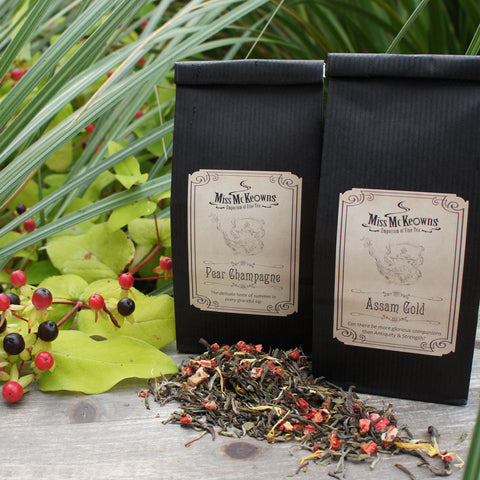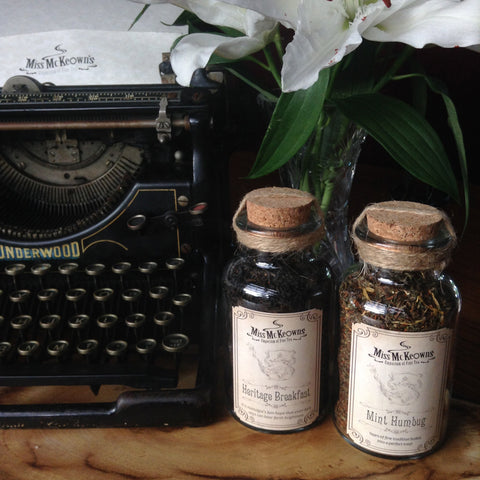Rhubarb & Ginger
"A refreshing lift from the hubbub, as life, on its picture-frame stage, goes by"

Since ancient times the Chinese have used rhubarb to reduce fever and cleanse the body, but soon after its introduction to genteel English society rhubarb became a taste sensation to Victorian men and women of all backgrounds, and the humble vegetable was to be found in pies, tarts, crumbles, sauces and even wine. 'Victoria Rhubarb' was named after the Queen, and the intense and aromatic qualities of the stalk are celebrated to this day and remain a staple of the British dessert stand.
Theatre also flourished during Queen Victoria’s reign, due to her fondness for it, and the increased prosperity of the middle classes. The proliferation of elaborate ‘picture frame’ or proscenium stages at this time added drama to the theatre and enabled the usage of extravagant and changeable scenery in many productions. The words ‘rhubarb rhubarb’ were often used in theatre to simulate unintelligible background conversation.
As a tea, rhubarb retains its fresh and invigorating flavour, and the addition of ginger adds an intensity and warmth which perfectly complements the savoury finish. In true theatre tradition this blend is, of course, particularly attractive.

Refreshingly fruity, with a touch of cleansing ginger - a virtuous choice at any time of day.
Serving
Steep for 3-5 minutes in freshly drawn water heated to 100 degrees Celsius. Serve without milk.
Ingredients
Hibiscus, Ginger, Cinnamon, Orange blossom, Rhubarb pieces, Flavour
Tea weights:
10g - 4 cup sample sachet
80g - Apothecary jar
80g - Regular refill bag
Please remember contents may settle in transit.



